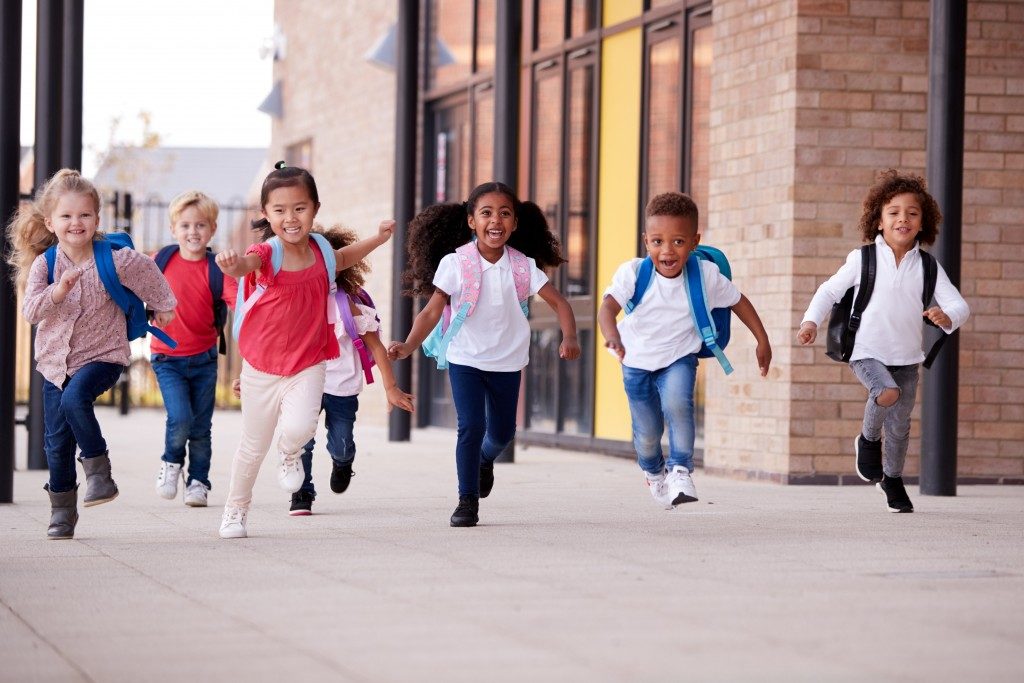Every year, schools in Britain generate tonnes of harmful greenhouse gases. With a little effort and an effective strategy, you can reduce your school’s carbon footprints and play your part in conserving the environment.
The Sustainable Development Commission founds that English schools generate and emit 9.4 tonnes of greenhouse gases annually. The commission opines that schools can cut that figure by half by taking decisive action. While that might seem like an ambitious goal, you can achieve it with relative ease.
Linking up with a leading provider of affordable bike shelters for schools is a step in the right direction. Doing so can encourage staff and students to use their bikes as they are sure of their safety. Here are additional ways to work toward achieving this goal:
Update your lighting system
After transportation, electricity generation is the second largest source of greenhouse emission in the country. Some of the country’s electricity is generated from burning fossil fuel, mostly natural gases and coal. As a result, the electricity sector injects millions of carbon dioxide into the atmosphere each year.
Reducing the amount of electricity your school consumes is crucial in lowering the sector’s emission rates. Power-generating companies vary their production rate according to market demands. A lowering demand would mean that they don’t burn as much fossil fuel during their production process.
Replacing all the regular bulbs in the institution with the light emitting diode (LED) and compact fluorescent lights (CFL) makes a great start. These varieties of energy-efficient bulbs use a smaler amount of electricity. They allow you to lower both your electricity bills and carbon footprints all in one stroke.
Tap the natural light
Also known as daylighting, this practice entails using windows and skylights to harvest much of the sunlight for lighting purposes. This reduces the need to use artificial lights in the facility, at least during the day. Several large, well-positioned windows are enough to light up a classroom during the day without compromising learning abilities.

Harvesting daylight reduces the need to switch on the lights during the day, which in turn lowers your electricity consumption. With proper installation, you can create an enabling learning environment for all your students. Proper lighting spares the students from eye strains, throbbing headaches, and other ailments.
Recent studies have found that exposure to natural light affects the health and well-being of most people. Daylight improves the sleeping patterns, which enhances the body to reset and rejuvenate at the end of each day. This means that your charges will have better mental clarity and can focus more during the lessons.
Plant trees
In addition to providing fruits and shade and creating a lovely atmosphere, trees play one crucial but often overlooked role in the environment. They absorb vast amounts of carbon dioxide and other greenhouse gases from the atmosphere. In return, they release the much-needed oxygen into the atmosphere.
In other words, having more trees goes a long way in counteracting the harmful effects of carbon emissions. Trees actively harvest the carbon dioxide from the atmosphere for photosynthesis, making them the most efficient environmental purifiers out there.
It will take a concerted effort to counteract the harmful effects of carbon emissions in the atmosphere. Luckily, joining the fight against greenhouse gases doesn’t take too much effort, just a little commitment and a smart strategy.

